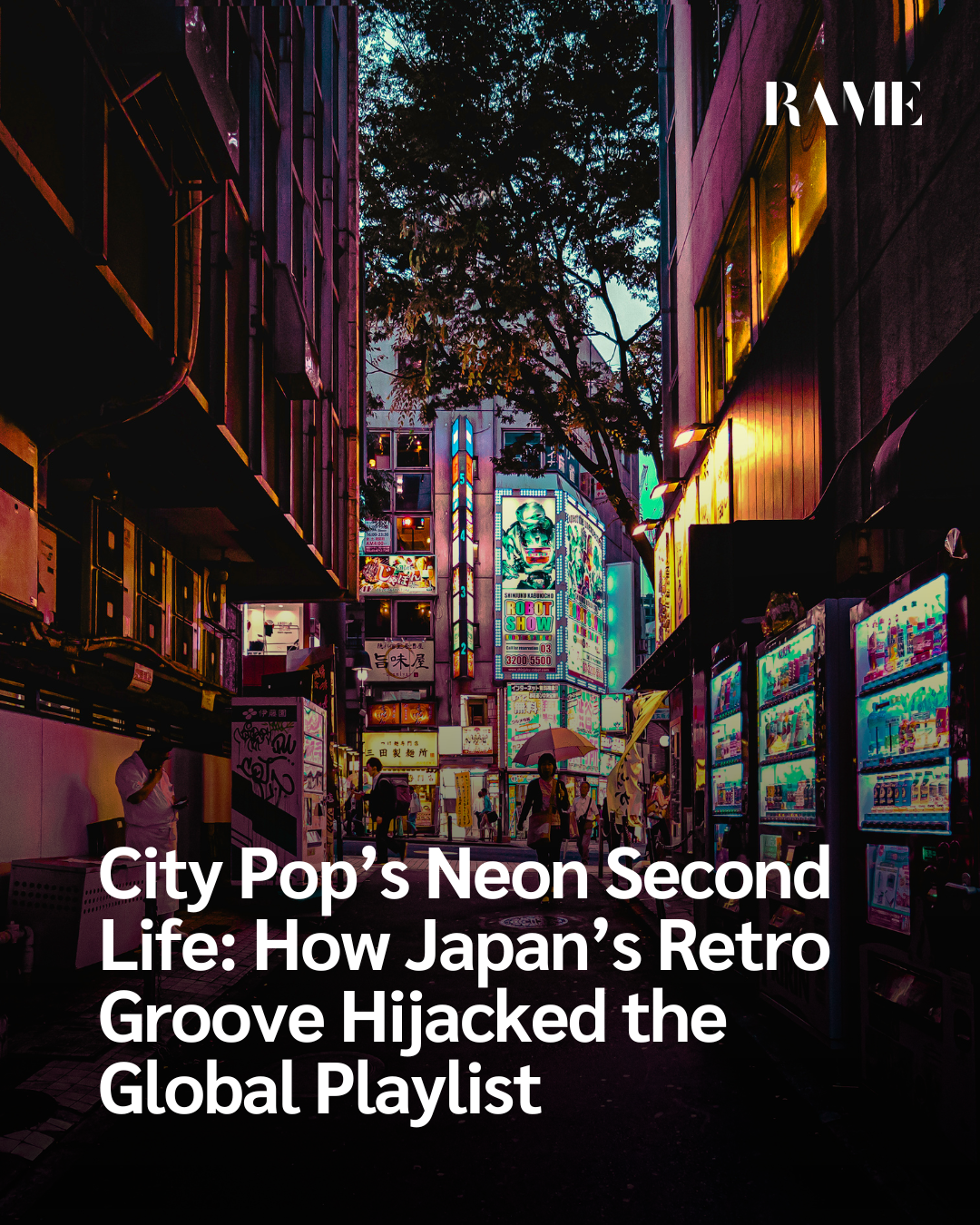How a once-niche sound found new life on Spotify, YouTube, and TikTok
Japanese City Pop has made one of the most unexpected and fascinating returns in modern music. What started as a glossy soundtrack to Japan’s booming 80s economy has turned into a global obsession powered by streaming platforms. Here’s the thing: the resurgence isn’t just about nostalgia. It’s about a sound that feels timeless, cinematic, and strangely perfect for the digital world.
How Streaming Brought City Pop Back
Open YouTube and it won’t take long to stumble across Mariya Takeuchi’s Plastic Love or Miki Matsubara’s Mayonaka no Door. The numbers are staggering: millions upon millions of views driven almost entirely by algorithms and fan enthusiasm. Spotify playlists dedicated to City Pop have pulled in massive followings, and on TikTok, the genre’s smooth synths and soft grooves have become the unofficial soundtrack of retro-aesthetic videos.
Kevin Allocca, head of culture and trends at YouTube, once explained that recommendation systems often revive niche genres when communities organically form around them. It’s a perfect match for City Pop, which blends jazz, funk, soft rock, and pop into something listeners describe as nostalgic even if they didn’t grow up with it.
Algorithms, Aesthetics, and the Viral Loop
Let’s break it down. The power of this resurgence comes from a loop created by algorithms and visuals. YouTube recommends a song. Someone pairs it with a neon-soaked anime clip on TikTok. Another user hears it, searches for more, follows a playlist, and suddenly the genre has a new devotee.
Digital culture researcher Motoko Tanaka notes that City Pop feels “retro and modern at the same time,” which might explain why it thrives on aesthetic-driven platforms. The lush production and bright melodies fit effortlessly into today’s trend cycles without feeling nostalgic in a dated way.
Why the Sound Still Clicks
City Pop wasn’t just background music for 80s nightlife. It carried themes of romance, longing, freedom, and escapism, ideas that still resonate. Its polished synth lines and clean vocals feel surprisingly aligned with contemporary pop, which makes the old tracks feel new again. For listeners who grew up in a restless era, the optimism in these songs offers a kind of escape hatch.
Music historian Yuichi Taguchi puts it this way: City Pop paints a picture of a cosmopolitan Japan that many people today find aspirational, even comforting. That tension between fantasy and nostalgia is part of its magic.
How Modern Artists Are Picking Up the Sound
The revival isn’t happening in isolation. It’s shaping modern music. When The Weeknd sampled Tomoko Aran’s Midnight Pretenders in his 2022 hit Out of Time, he introduced City Pop’s melodic DNA to millions who had never heard the original. Producers from Seoul to Los Angeles have been quietly folding City Pop’s warm synths and groovy basslines into their work.
The influence goes beyond music. Fashion and art are tapping into the 80s Japanese aesthetic: neon color palettes, glossy futurism, and a vision of urban luxury that feels distinctly City Pop.
A Cultural Curiosity That Goes Deeper
City Pop’s comeback hints at something bigger: a growing appetite for rediscovering cultural artifacts from past eras. As listeners dig through old playlists, many find themselves exploring Japanese film, literature, and design from the same period. Record labels have taken note and begun reissuing albums on vinyl, giving fans a tactile way to connect with the genre.
According to audio archivist Jon Kirby, the rise in vinyl reflects a desire for “authentic listening experiences,” especially for music that carries a sense of place and time.
A Genre Reborn
City Pop’s revival shows how streaming can breathe new life into forgotten art. The blend of nostalgia, optimism, and digital virality has pushed this once-local genre onto the global stage. And as its influence keeps seeping into music, fashion, and internet culture, it’s clear that City Pop isn’t just resurfacing, it’s reshaping the present.
Its rise is a reminder that well-crafted music travels easily across time and borders. And if the current momentum continues, City Pop will remain part of the cultural conversation for years.



